A Child in a Dzong
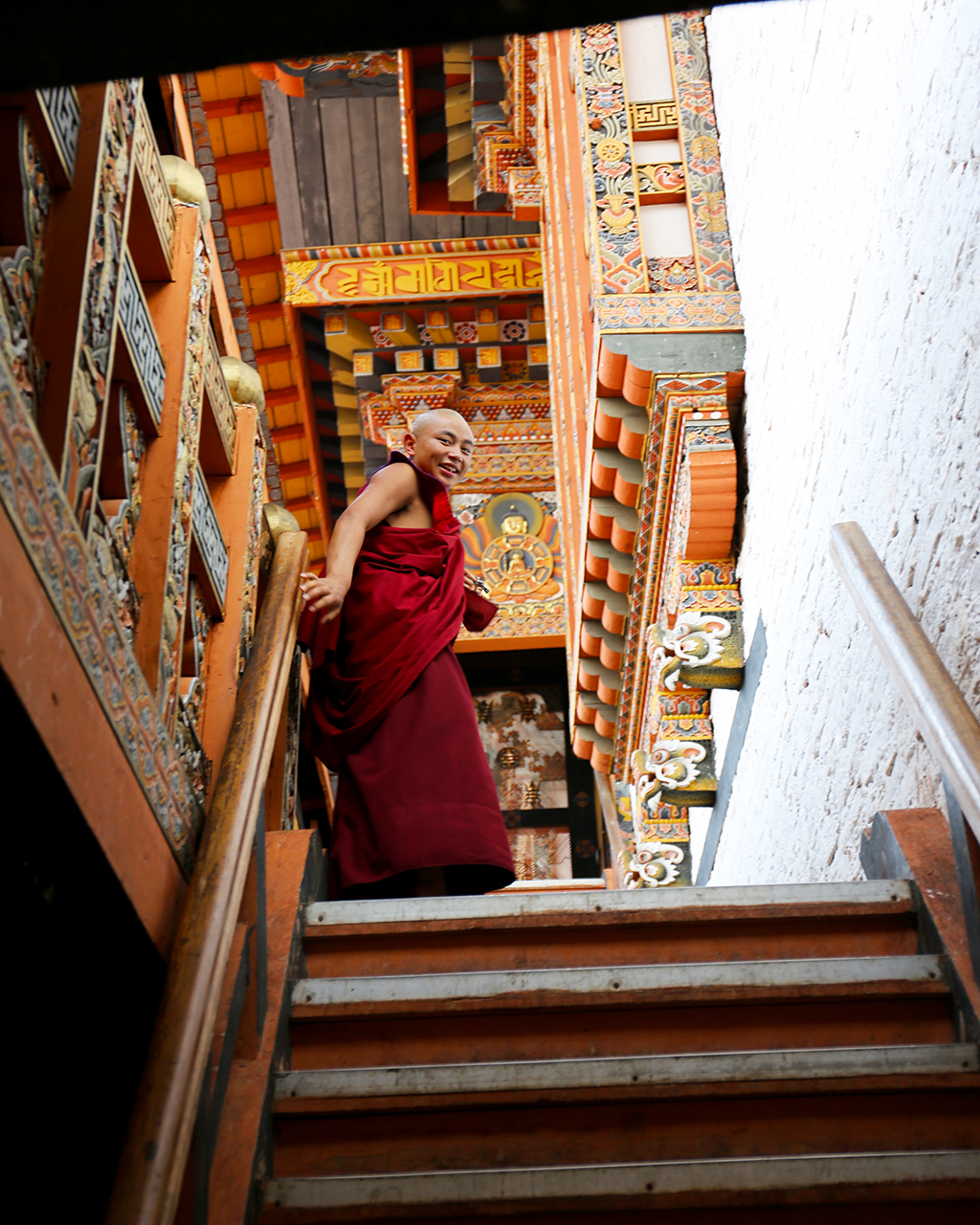
The government school which is attended by children from the villages of Thangbji, Pangsho and Tamigdamchhu is a relatively new development. Children from Ugyen’s generation either lacked a formal education or travelled to the town of PunakhaPunakha (Dzongkha: སྤུ་ན་ཁ་) is the administrative centre of Punakha dzongkhag, one of the 20 districts of Bhutan. Punakha was the capital of Bhutan and the seat of government until 1955, when the capital was moved to Thimphu. https://en.wikipedia.org/wiki/Punakha and the school there. Ugyen himself studied in PunakhaPunakha (Dzongkha: སྤུ་ན་ཁ་) is the administrative centre of Punakha dzongkhag, one of the 20 districts of Bhutan. Punakha was the capital of Bhutan and the seat of government until 1955, when the capital was moved to Thimphu. https://en.wikipedia.org/wiki/Punakha from the age of 6, living with relatives in the town. He found the regular routine mundane and restrictive, often finding ways to escape school and return to the village.
Through his years at primary school, the PunakhaPunakha (Dzongkha: སྤུ་ན་ཁ་) is the administrative centre of Punakha dzongkhag, one of the 20 districts of Bhutan. Punakha was the capital of Bhutan and the seat of government until 1955, when the capital was moved to Thimphu. https://en.wikipedia.org/wiki/Punakha dzongDzongs are the fortress-monasteries of Bhutan and Tibet. The presence of Dzongs across the country symbolizes unification and the recognition of a central authority by the people in the region. Read More held a fascination for Ugyen. Currently the administrative centre of Bhutan, it is one of the country’s oldest and most important structures. The fortress-monastery stands in all its majesty at the confluence of two rivers, exquisite in its ornamentation and dramatic in its demeanour. Ugyen heard stories of how the original small dzongDzongs are the fortress-monasteries of Bhutan and Tibet. The presence of Dzongs across the country symbolizes unification and the recognition of a central authority by the people in the region. Read More was built in honour of a spirit which resided in a rock. People spoke about how the ZhabdrungNgawang Namgyal (later granted the honorific Zhabdrung Rinpoche, approximately “at whose feet one submits”) alternate spellings include Zhabdrung Ngawang Namgyel; 1594–1651) and known colloquially as The Bearded Lama, was a Tibetan Buddhist lama and the unifier of Bhutan as a nation-state. In addition to unifying the various warring fiefdoms for the first time in the 1630s, he also sought to create a distinct Bhutanese cultural identity separate from the Tibetan culture from… built the main dzongDzongs are the fortress-monasteries of Bhutan and Tibet. The presence of Dzongs across the country symbolizes unification and the recognition of a central authority by the people in the region. Read More on the elephant-shaped hill, and how its design materialised in the dreams of his master builder. The stories aroused Ugyen’s curiosity, and inspired him to pursue monkhood. His choice was a source of pride for his family, as monks hold a very important position in Bhutanese society.

And so at the age of 12, after six years at school, young Ugyen enrolled at PunakhaPunakha (Dzongkha: སྤུ་ན་ཁ་) is the administrative centre of Punakha dzongkhag, one of the 20 districts of Bhutan. Punakha was the capital of Bhutan and the seat of government until 1955, when the capital was moved to Thimphu. https://en.wikipedia.org/wiki/Punakha dzongDzongs are the fortress-monasteries of Bhutan and Tibet. The presence of Dzongs across the country symbolizes unification and the recognition of a central authority by the people in the region. Read More, ready to begin his monastic education. From being an awe-struck spectator, he became a part of the edifice. The bridge that had enhanced the allure of the entrance, the lilac jacaranda that brightened the way in spring, the steep steps that led to the first courtyard – all were now a part of his routine. The third floor of the central Utse was to be his first home at the dzongDzongs are the fortress-monasteries of Bhutan and Tibet. The presence of Dzongs across the country symbolizes unification and the recognition of a central authority by the people in the region. Read More, one he shared with other young acolytes. Ugyen describes the vertical ladders between different levels, recalling stories of ghosts which lived at different levels of the utse and sometimes attacked children!
Life in the dzongDzongs are the fortress-monasteries of Bhutan and Tibet. The presence of Dzongs across the country symbolizes unification and the recognition of a central authority by the people in the region. Read More was hard, with no electricity or other modern conveniences. The day began at dawn with prayers in the temple, and the young monks spent the rest of the day in their room. Under the tutelage of a senior monk, they were taught to dress, walk and express mannerisms as befitted a monk of the order. In this room they ate, slept, and learnt their scriptures by rote. The many corridors around the courtyards passed them by as a blur, as they rushed to collect rice for their two meals of the day. Answering the call of nature became a fear to overcome, as the toilets were far away and often to be navigated to through the dark. The severity of this existence was softened by the trips to the river, to bathe and wash clothes. Though regimented, it allowed a brief moment when the monks could be children and play.
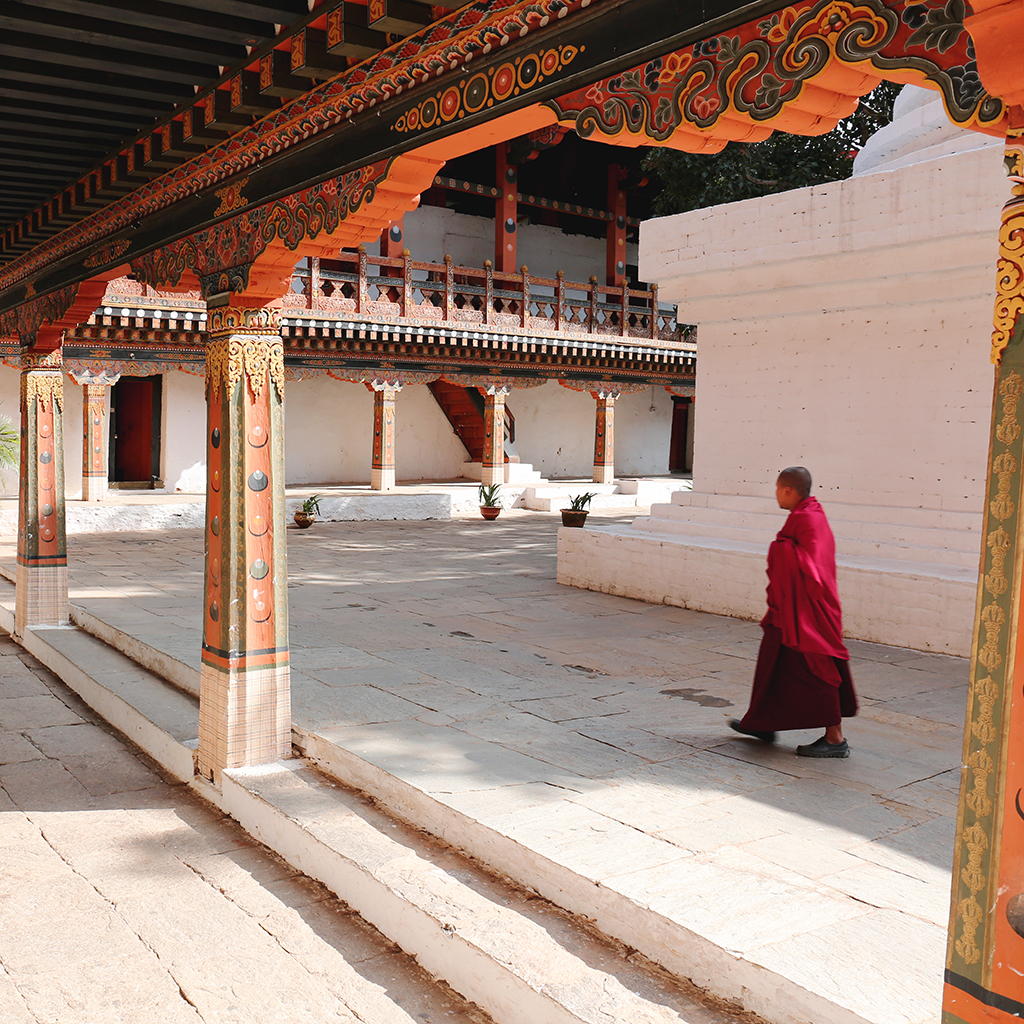
Ugyen fondly remembers the Punakha DrubchenA brief history on the construction of Punakha Dzong is showcased to the general public. The internal conflict and external invasion during the construction of the fortress by the Zhabdrung Ngawang Namgyel in 1637, and sacred mask dances and folk dances are performed by the Central Monastic Body, as well as the public of Punakha district. The drubchen is organised…, a re-enactment of the 17th century battle fought by the Wang Clan against the Tibetans. During each celebration, the courtyards came alive with ceremony and dance, and crowds of villagers scattered across the balconies and steps. It inspired a sense of reverence in all who attended, and became a part of their collective memory. One must applaud the vision of the ZhabdrungNgawang Namgyal (later granted the honorific Zhabdrung Rinpoche, approximately “at whose feet one submits”) alternate spellings include Zhabdrung Ngawang Namgyel; 1594–1651) and known colloquially as The Bearded Lama, was a Tibetan Buddhist lama and the unifier of Bhutan as a nation-state. In addition to unifying the various warring fiefdoms for the first time in the 1630s, he also sought to create a distinct Bhutanese cultural identity separate from the Tibetan culture from… who built the dzongDzongs are the fortress-monasteries of Bhutan and Tibet. The presence of Dzongs across the country symbolizes unification and the recognition of a central authority by the people in the region. Read More to accommodate 3000 monks at a time when only 300 existed; its spaces and scale continue to inspire and give identity to the Bhutanese.
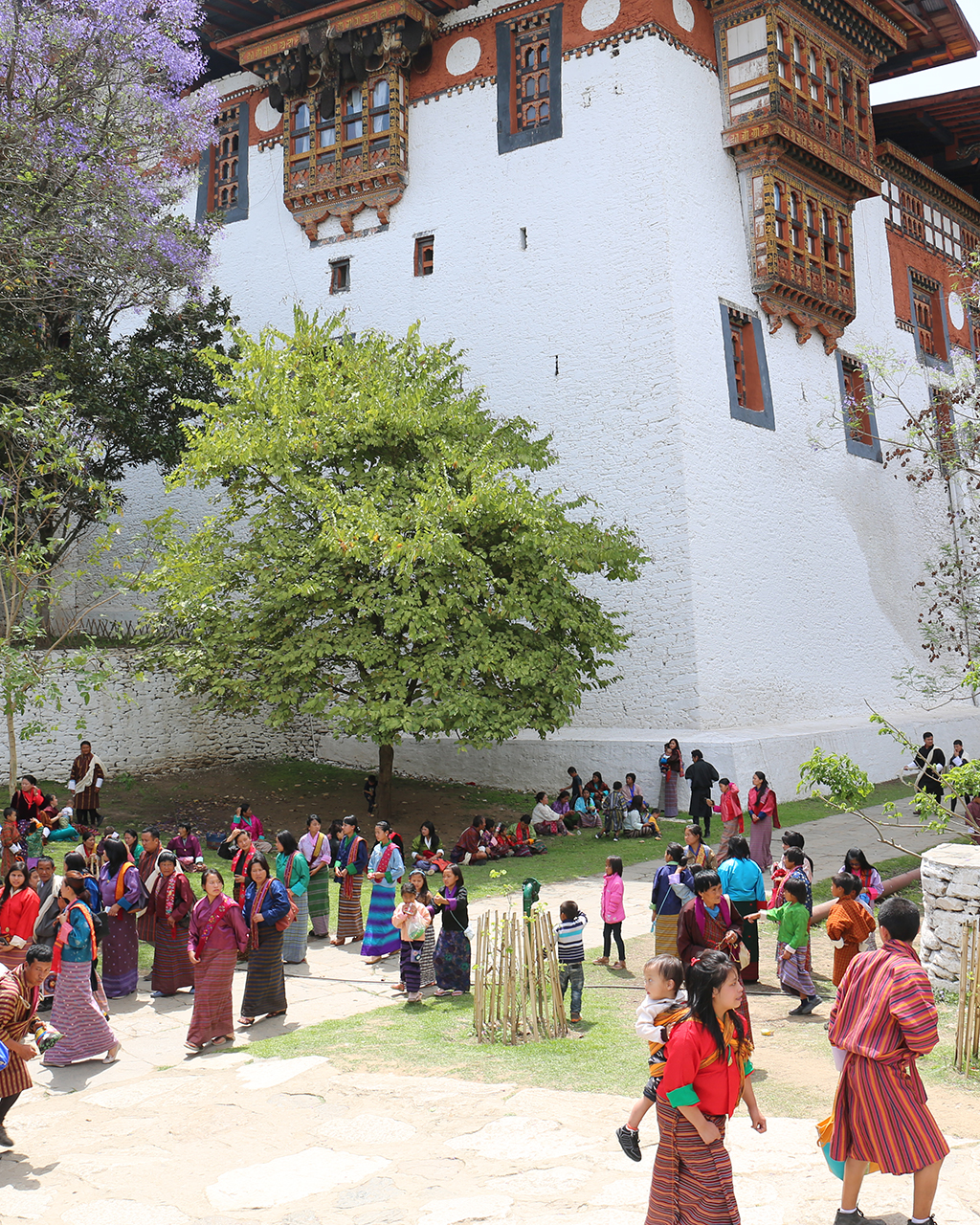
Once a sculptural space intended as a benevolent protector of its surroundings, the dzongDzongs are the fortress-monasteries of Bhutan and Tibet. The presence of Dzongs across the country symbolizes unification and the recognition of a central authority by the people in the region. Read More today has adapted to be more comfortable. Electricity has lit up the rooms and corridors, functionally as well as aesthetically. The offices are digitally connected and tourism today brings in some revenue. The dzongDzongs are the fortress-monasteries of Bhutan and Tibet. The presence of Dzongs across the country symbolizes unification and the recognition of a central authority by the people in the region. Read More has stood through all this – almost unchanged, yet always evolving. If only the institutes of today could be built with such a long term vision – allowing for adaptation while retaining their intent! Where are the modern dzongsDzongs are the fortress-monasteries of Bhutan and Tibet. The presence of Dzongs across the country symbolizes unification and the recognition of a central authority by the people in the region. Read More?
Vignettes
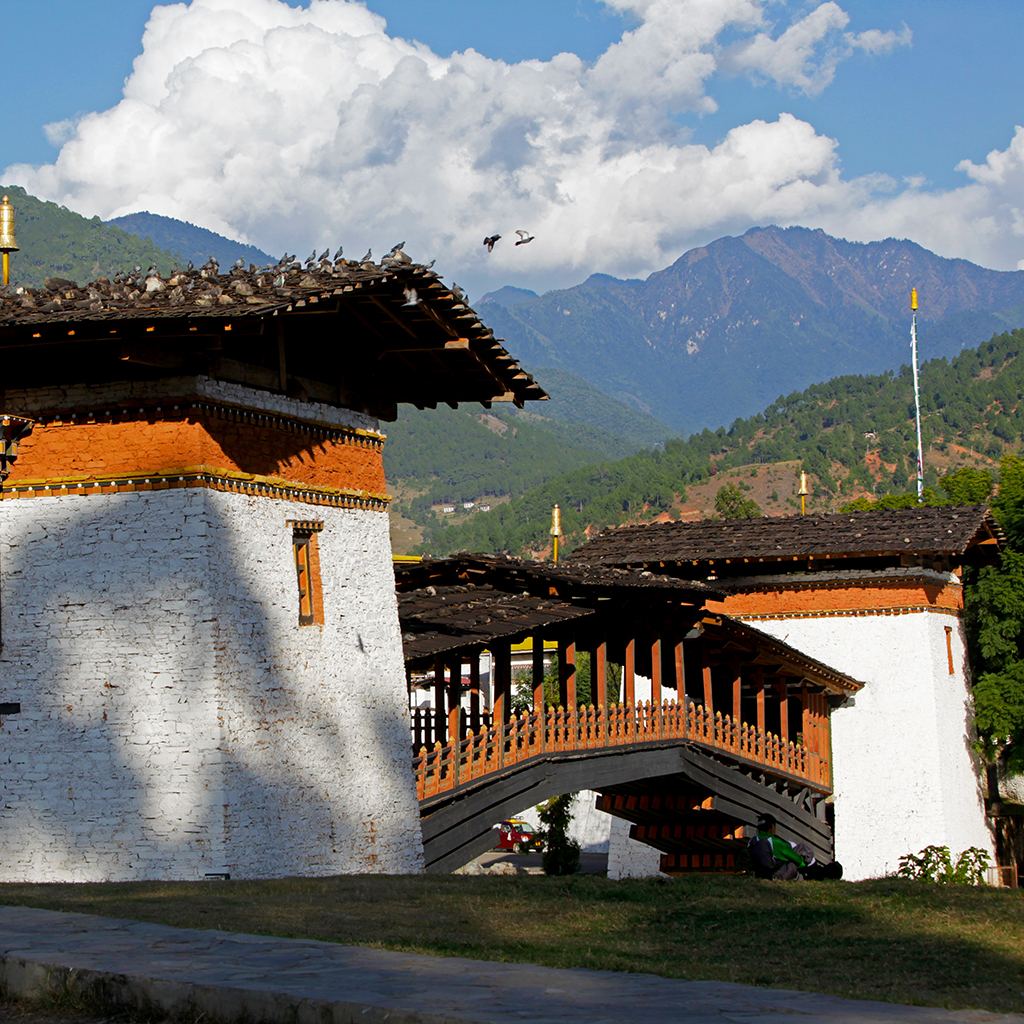
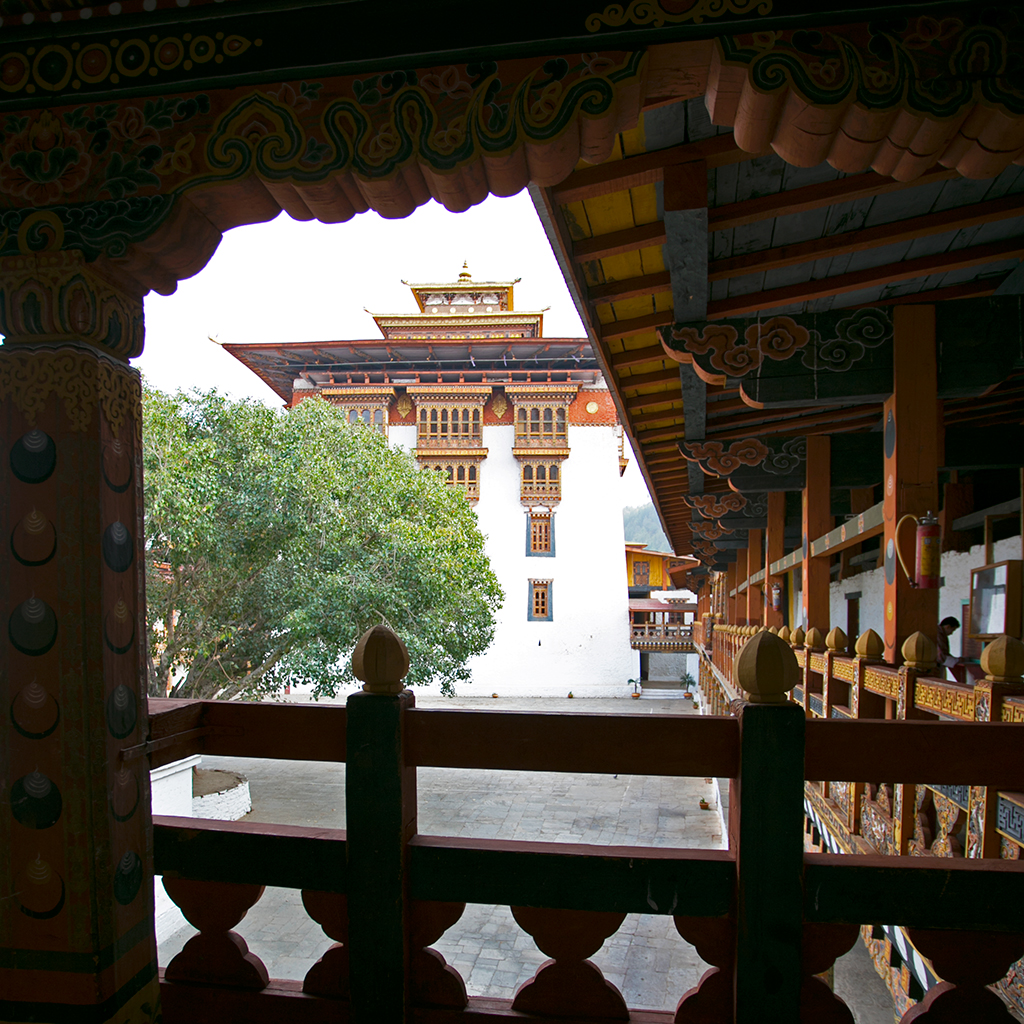


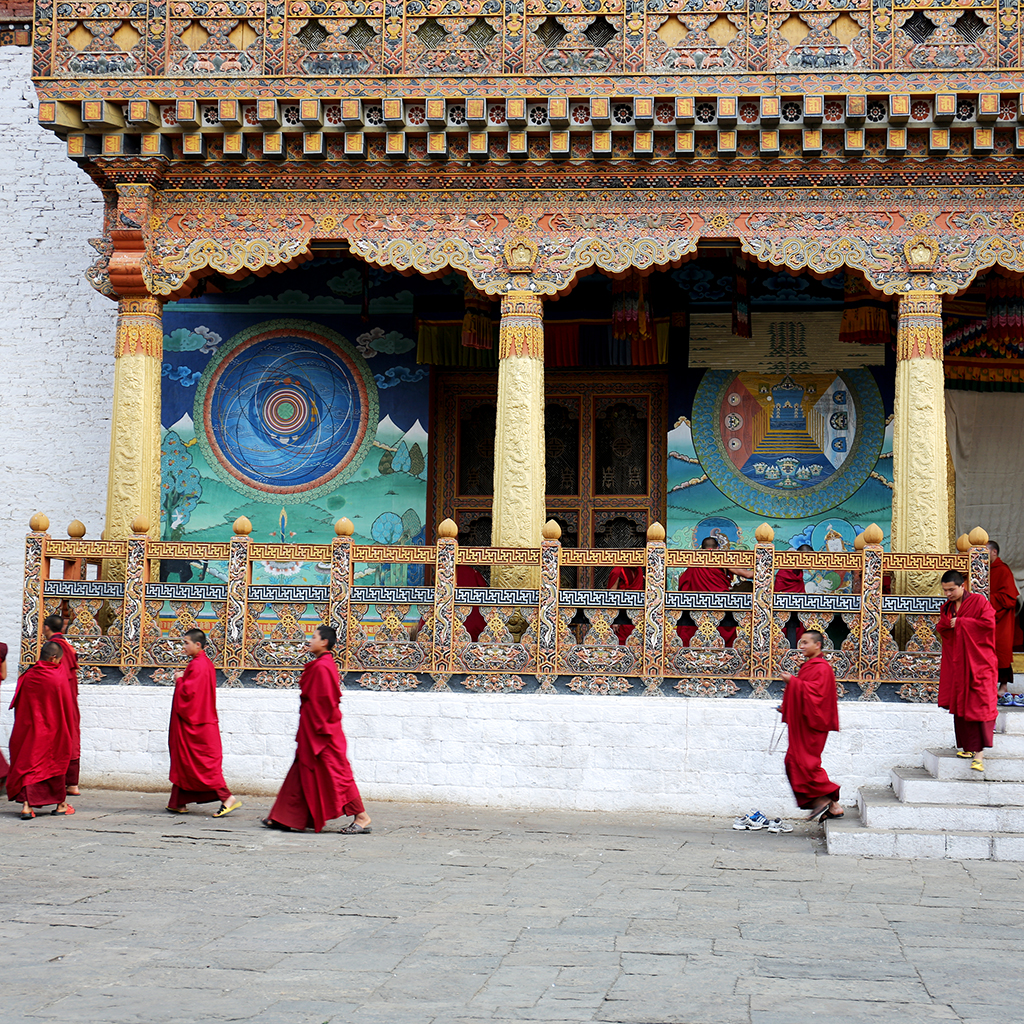

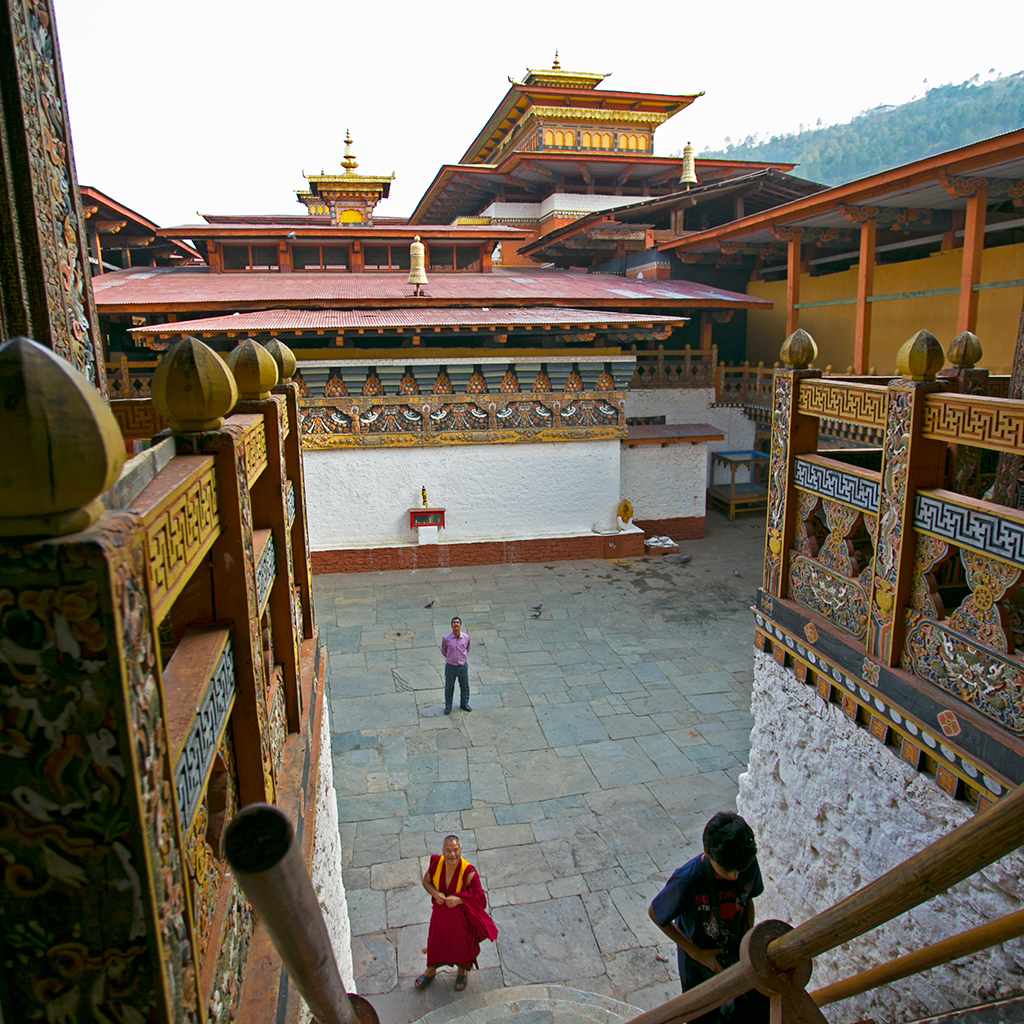
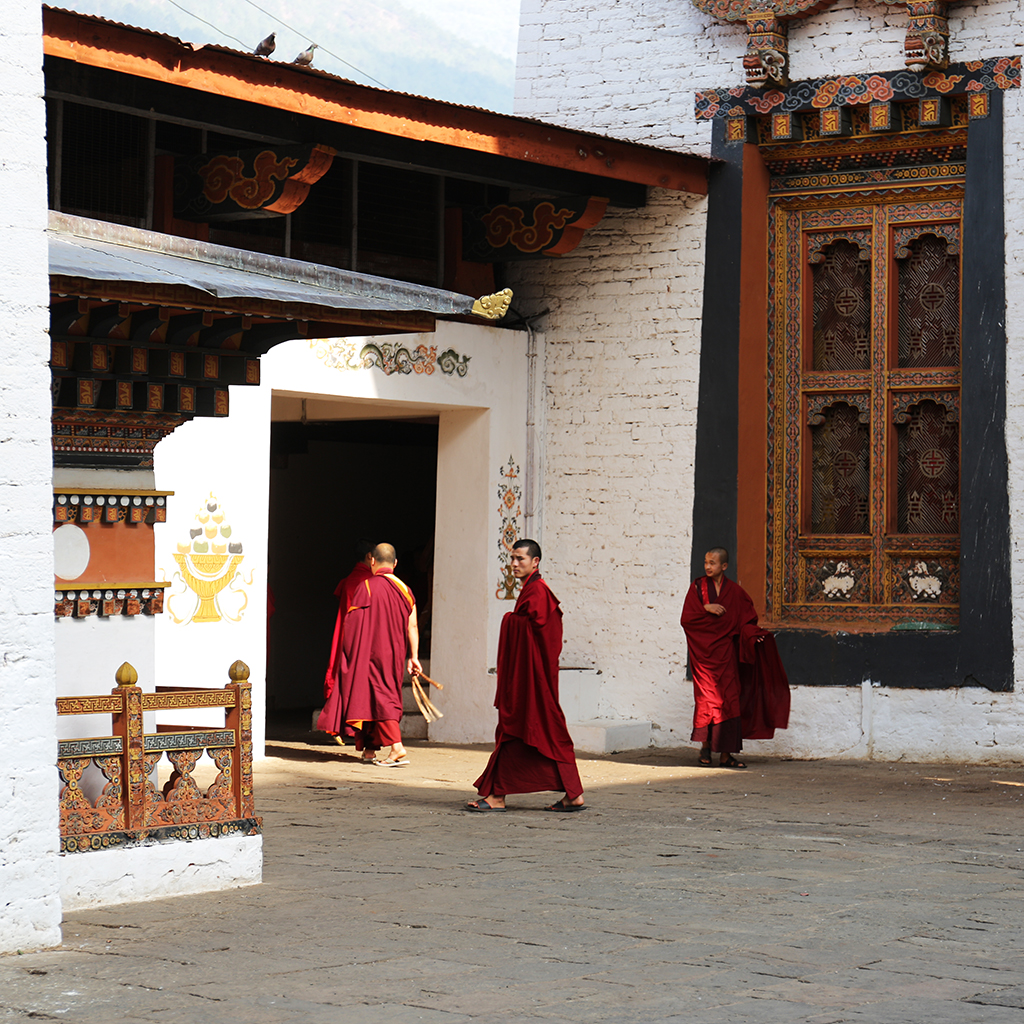
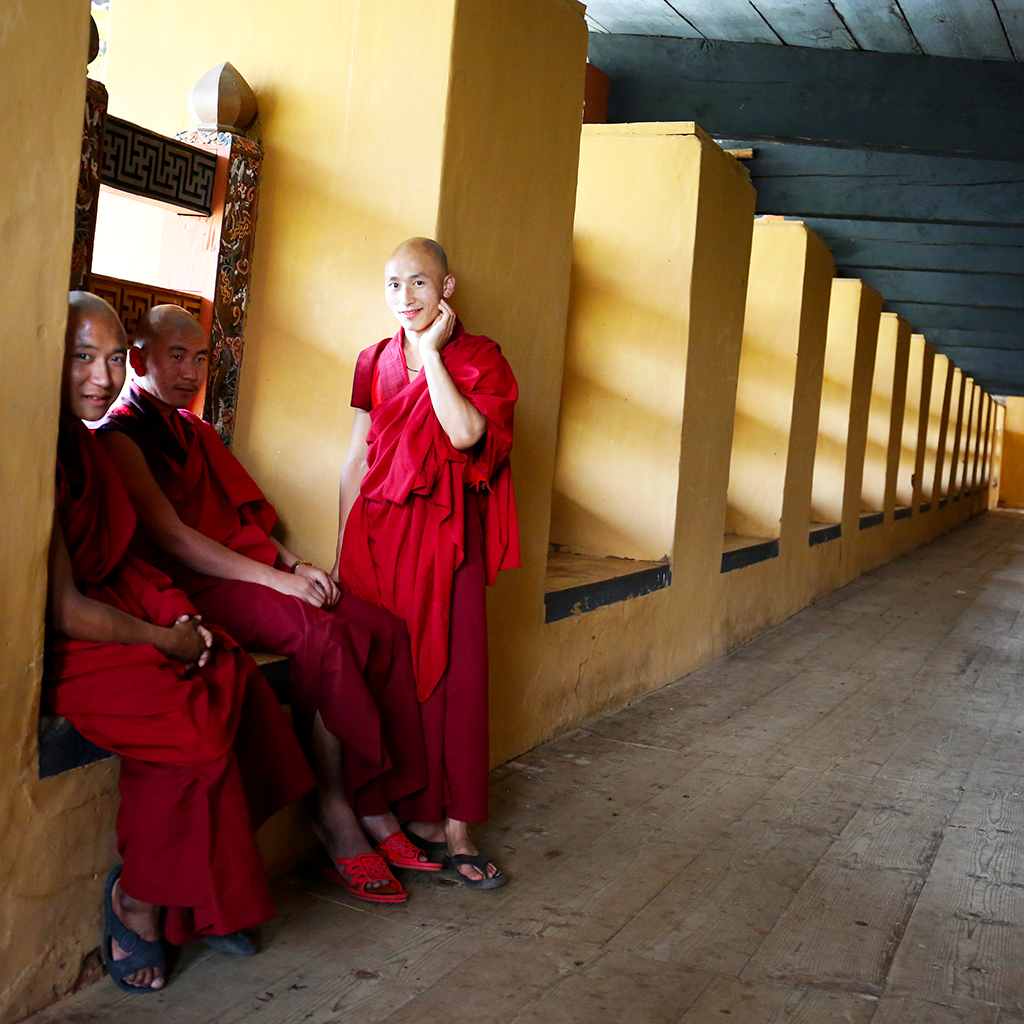
Thank you! Your stories are always beautiful and bring back wonderful memories of my recent trip to Bhutan. Ugyen felt so comfortable and at home while introducing us to the Punakha Dzong and your story explains why. Ugyen had timed the visit to coincide with the Punakha Festival and what an incredible and humbling treat it was. The pageantry was amazing and sincere, meant not just for the entertainment of tourists, but as a part of the fabric of the Buddhist life for the thousands of local Bhutanese in attendance. It’s hard to pinpoint the highlights of the visit to Bhutan (there were so many), but the Punakha Dzong was among them. I have been enjoying your stories and photos so much.